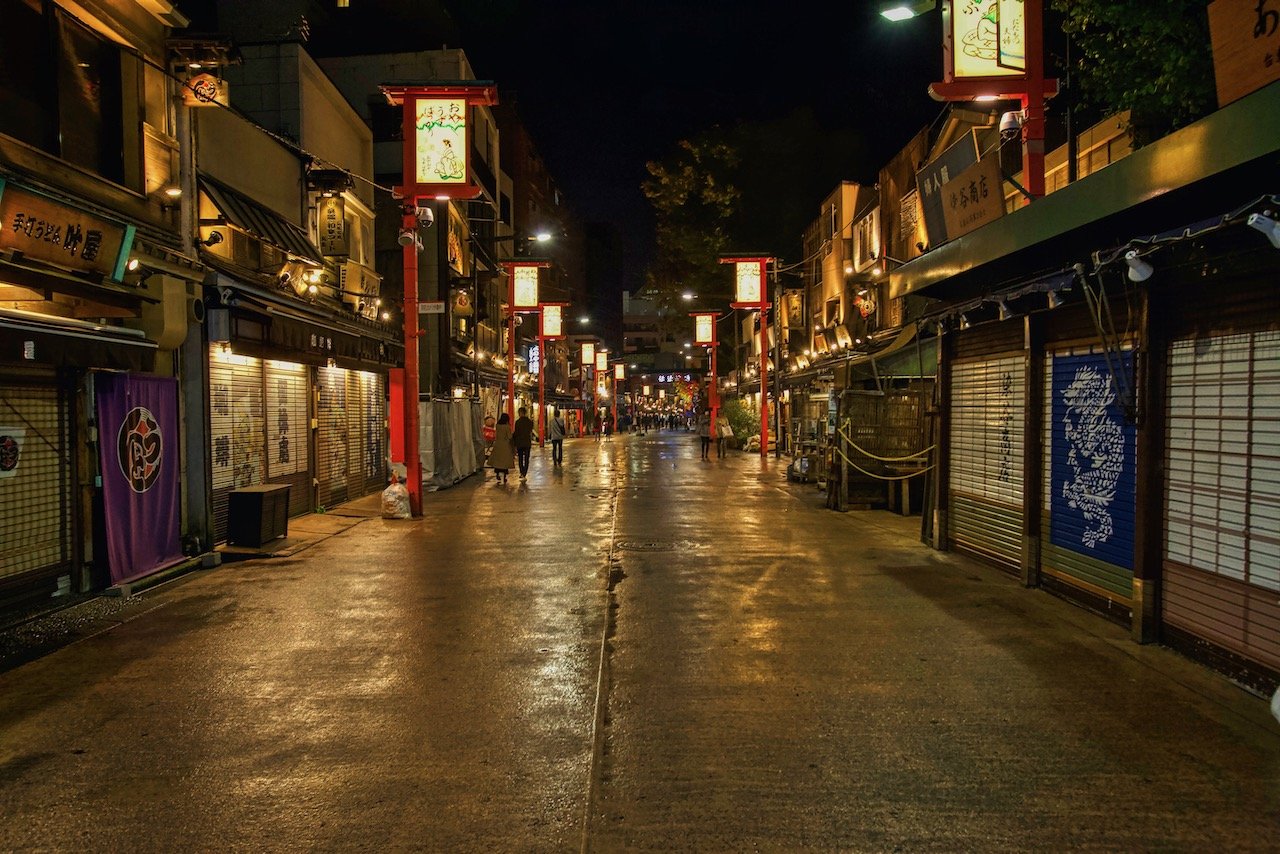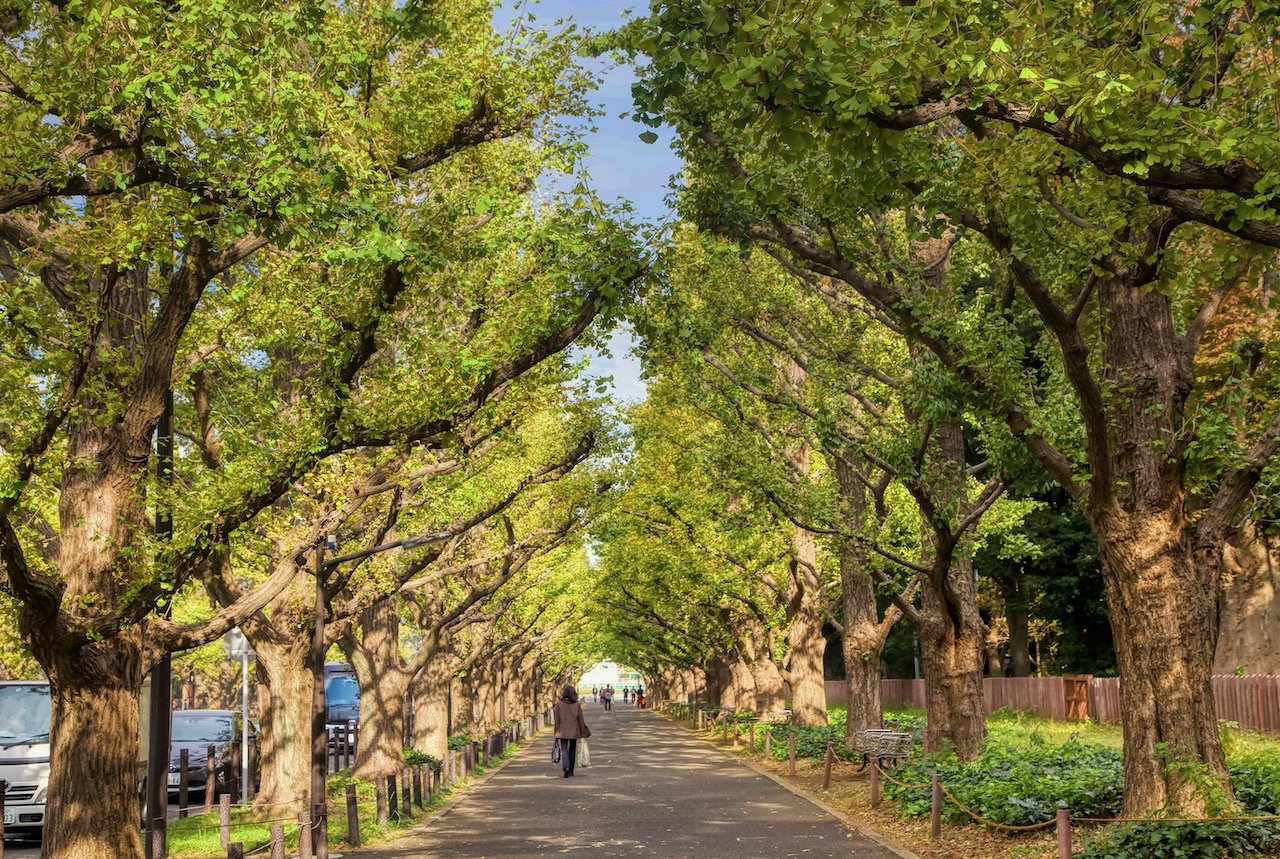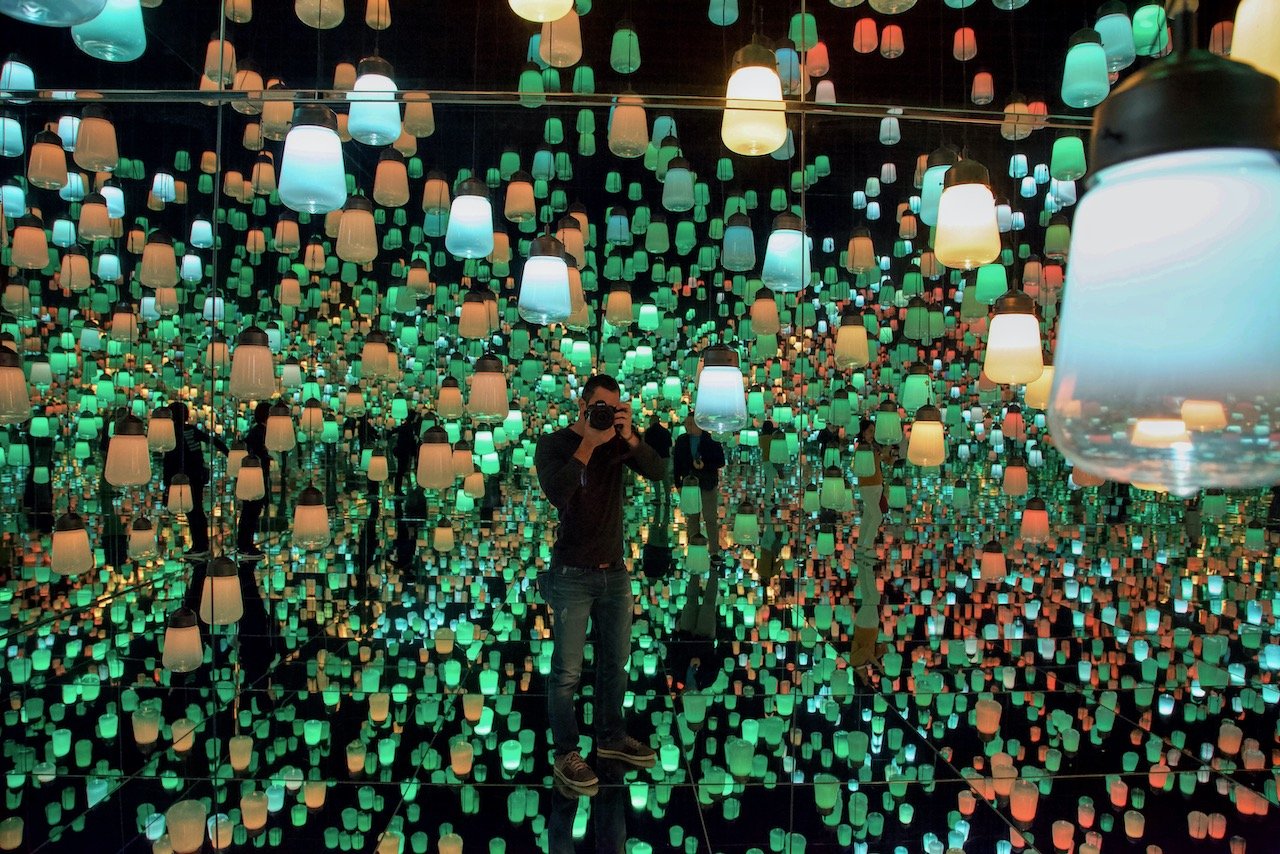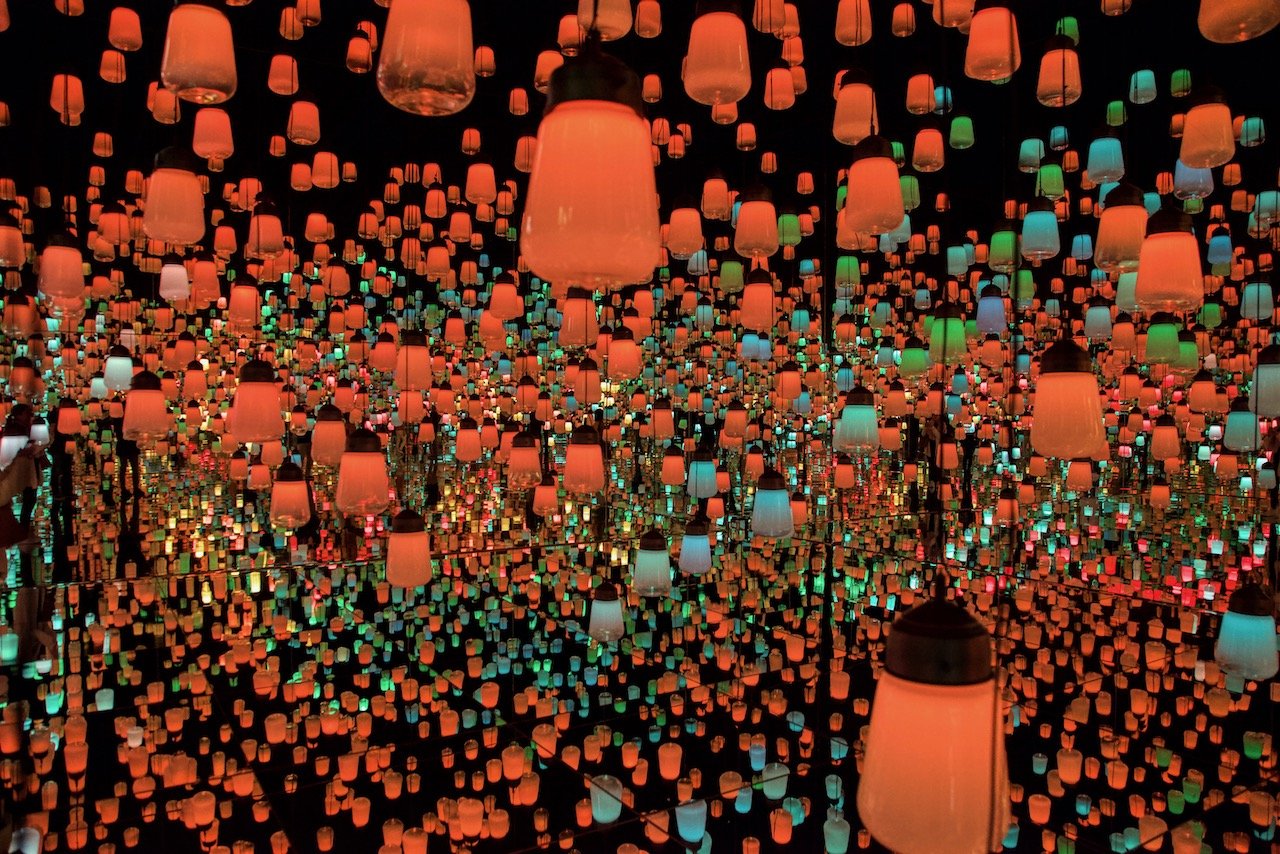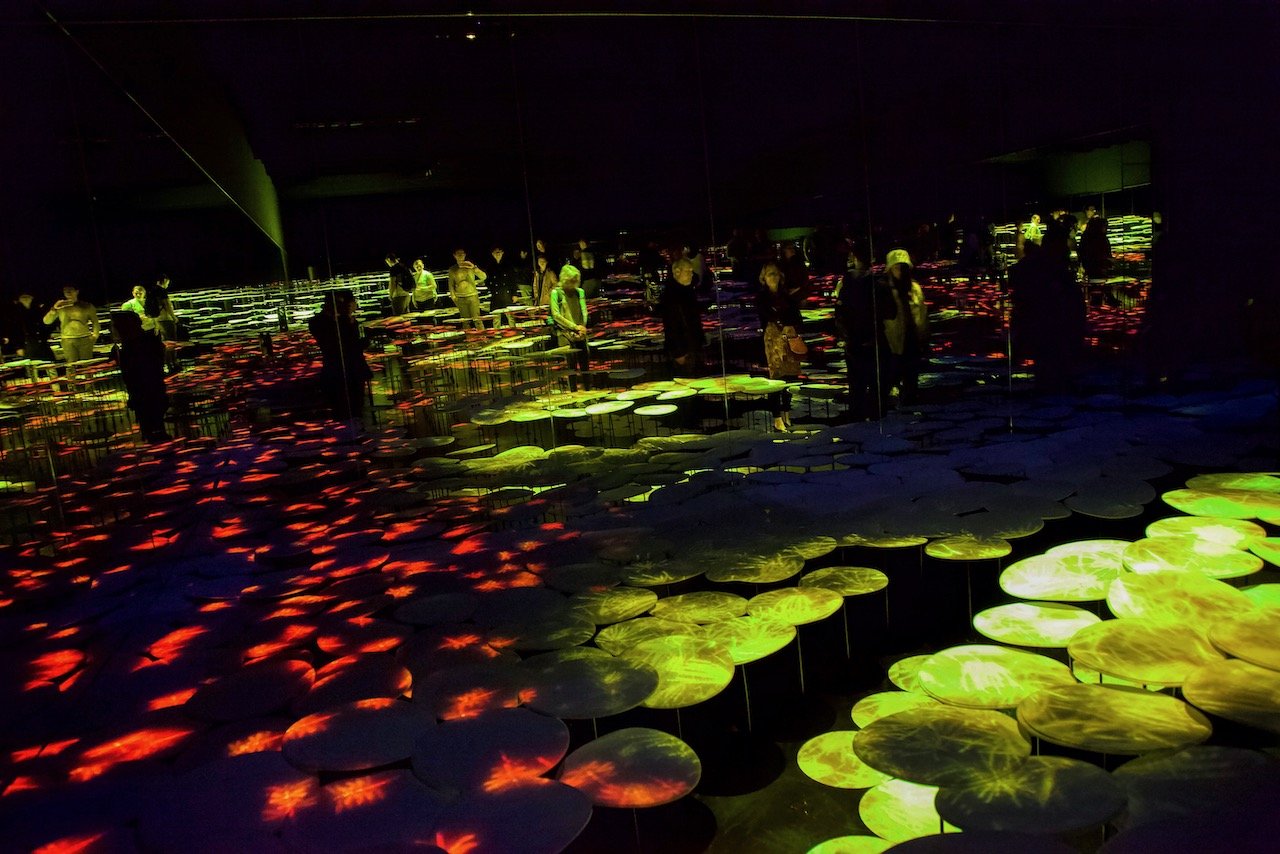A Guide to Exploring Tokyo
(Some links in this post are affiliate links. If you click through and take action, I'll be compensated.) If you are also interested in any PRINTS from any of my posts, be sure to check out my store where you can buy prints as posters, in metal/wooden frames or on canvas.
Tokyo is MASSIVE. It’s bustling and can be very intimidating upon touching down (How to get from Haneda or Narita airport to Tokyo city center). You can read the guidebooks and watch all the movies about Tokyo, but it’s truly different once you step foot here. The city is extremely vertical; most of the multi-story buildings have a different restaurant, bar, retail store on every level. The city is easily accessible by Tokyo metro and you have intercity trains like the Shinkansen that leave from Tokyo or Shinjuku stations. Before talking about attractions, here are some tips on getting the most of your trip to Tokyo/Japan, with just a little prior planning. You can find a Google map of the places I will discuss at the end of this post.
If you also have time to check out more cities in Japan, check out my blog posts on Kyoto (Blog Post: Why Kyoto is one of the best places to visit in Japan) and Hiroshima (Blog Post: Why you should see Hiroshima on your visit to Japan).
Before you arrive (and if you plan on seeing more than Tokyo), check to see if getting a Japan Rail Pass is worth it.
Here you can input all the destinations you would like to travel between on your trip, and the calculator will determine which rail pass will pay for itself.
Then you purchase the pass and a voucher is sent to your home.
You bring the voucher to a JR Pass retailer in Japan to redeem your pass. You cannot purchase the JR Pass after already arriving in Japan.
Download the JapanDirect app, which allows you to search real time train routes/times between Japanese cities. It also tells you which train routes are covered by the JR Pass.
You can purchase a 7, 14, or 21 days pass in 1st or 2nd class trains using the links below:
If you want to see Tokyo smartly, try to figure out what you what to see and group sites and attractions together geographically. Some of the sights you will have to book in advance for as well, to be guaranteed a ticket/entry. Places like the Yayoi Kusama Museum and TeamLab Borderless are known for selling same day tickets, but only if they haven’t sold out of advanced tickets. Book tickets for these places and see the sights around them to maximize your time.
Also, with how well connected the city is by subway, it’s a smart move to get the Tokyo Subway pass (for 1, 2 or 3 days) which allows for unlimited rides on the Tokyo Subway (a three day pass for an adult is 1500 yen). To put this in perspective, one trip costs between 150-300 yen. These are available at select stations. The metro map can be found here. I will list the closest Tokyo Metro station (Line Letter-Station Number, Exit Number) for all the places I will discuss in this post. Bear in mind there are many different companies that operate trains in Tokyo, so the best route to a place may not be with the Tokyo Subway, but for instance with the Toei Subway instead (which will require a different ticket). Here is a well written explanation as to the train system in Tokyo.
Japanese people are some of the most friendly people you will ever meet. They will help you in any way they can. That being said, it goes a long way to know a few words of Japanese, especially if you’re in a smaller city.
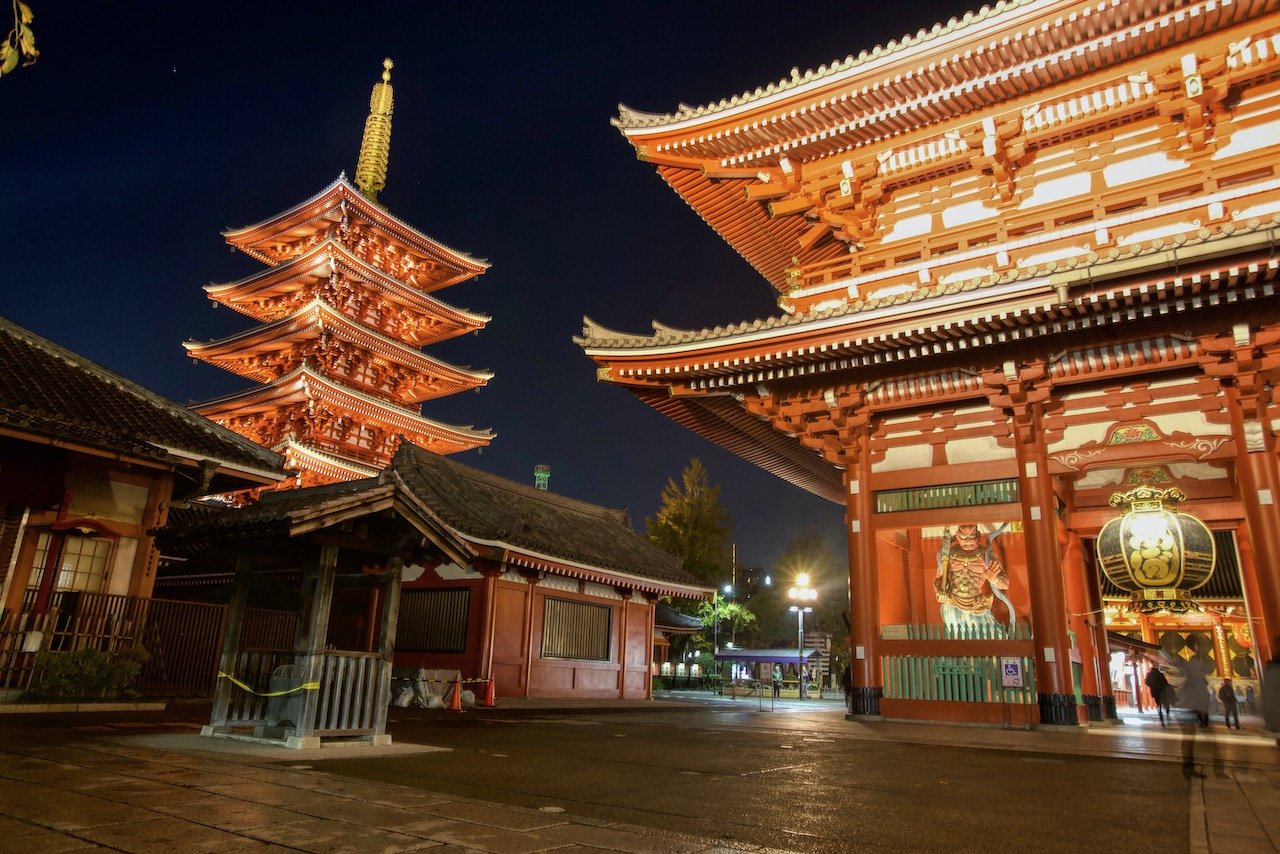
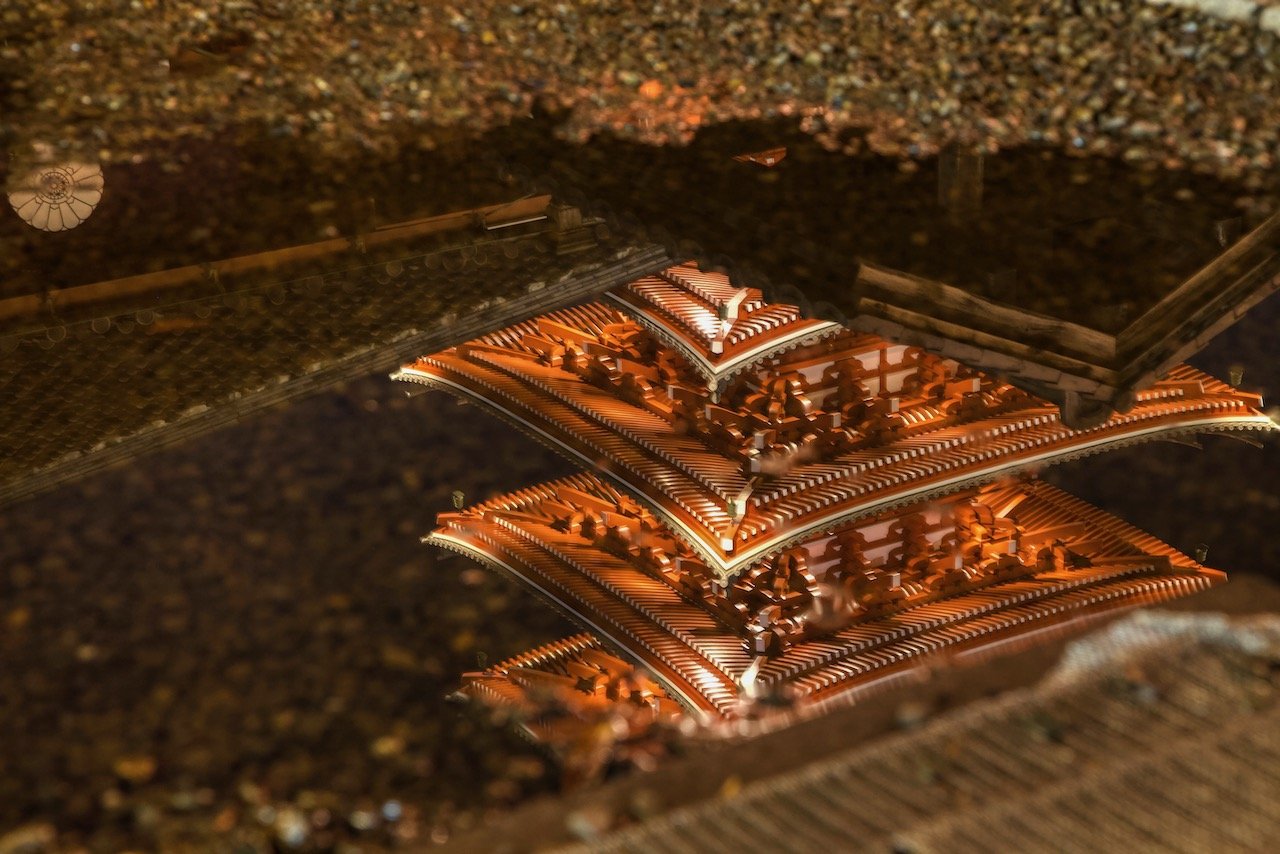
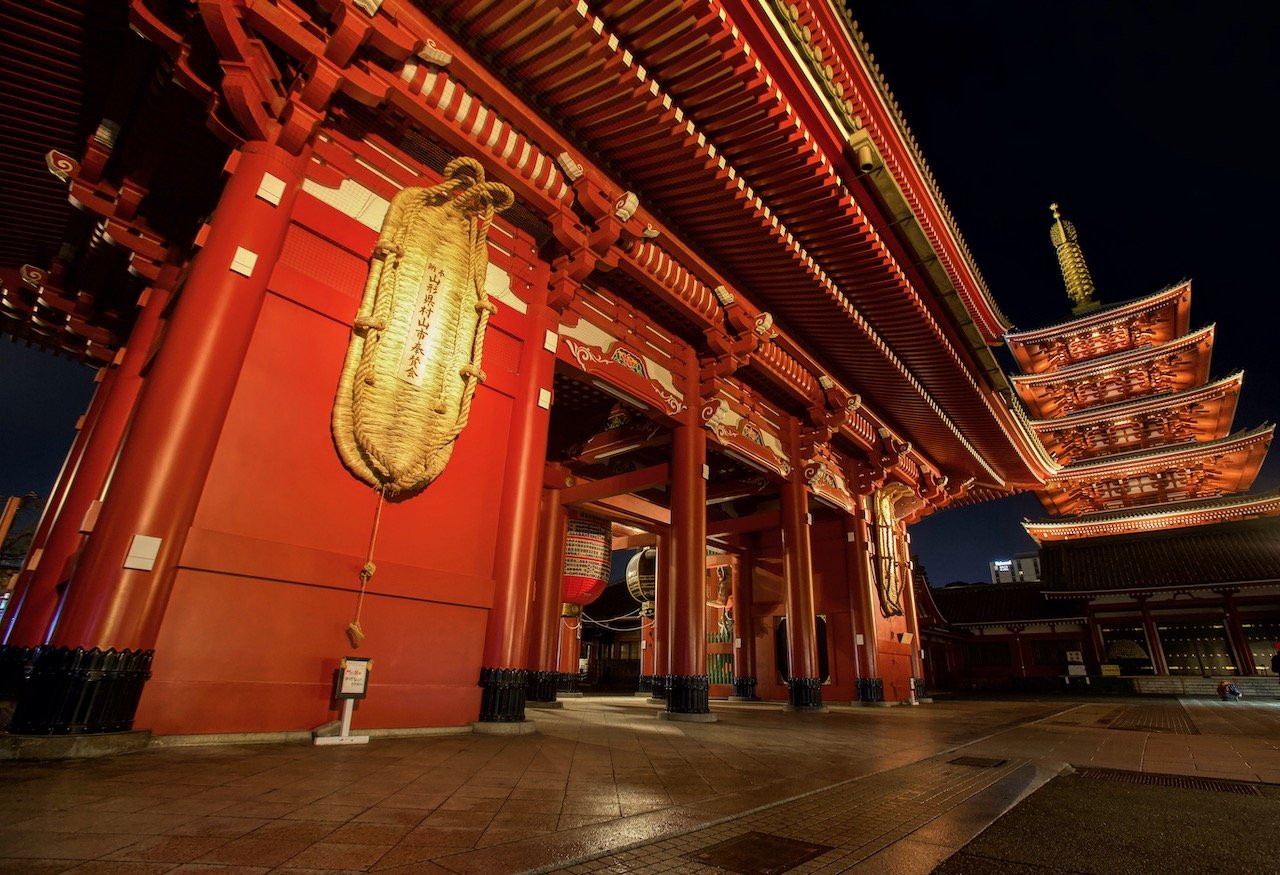
Tokyo is quite the modern city, especially when compared to Kyoto, which is ripe with temples and buildings with traditional Japanese architecture. Nonetheless, you can find a few places in Tokyo that have this kind of vibe. Make your way to Asakusa, especially at night and see the Senso-Ji Temple (Asakusa Station - G19, Exit 1). During the day, this area is very busy so save the photography for the night time.
Speaking of Shibuya, this is also the location of the Shibuya Scramble, a huge pedestrian crossing. The Starbucks that is located in this area is more known for it’s great view of the crossing itself, than for its coffee. However, if you really want to see the crossing from above without having to: 1) buy a coffee, and 2) spend more time looking for a window seat, then make your way to MAGNET by Shibuya 109. Upon entering, take the escalators to the 7th floor, and then take the elevator up to the 8th and you will find Shibuya Crossing View. I paid 600 yen and had the entire viewpoint to myself and managed to grab the picture at the top of this page.
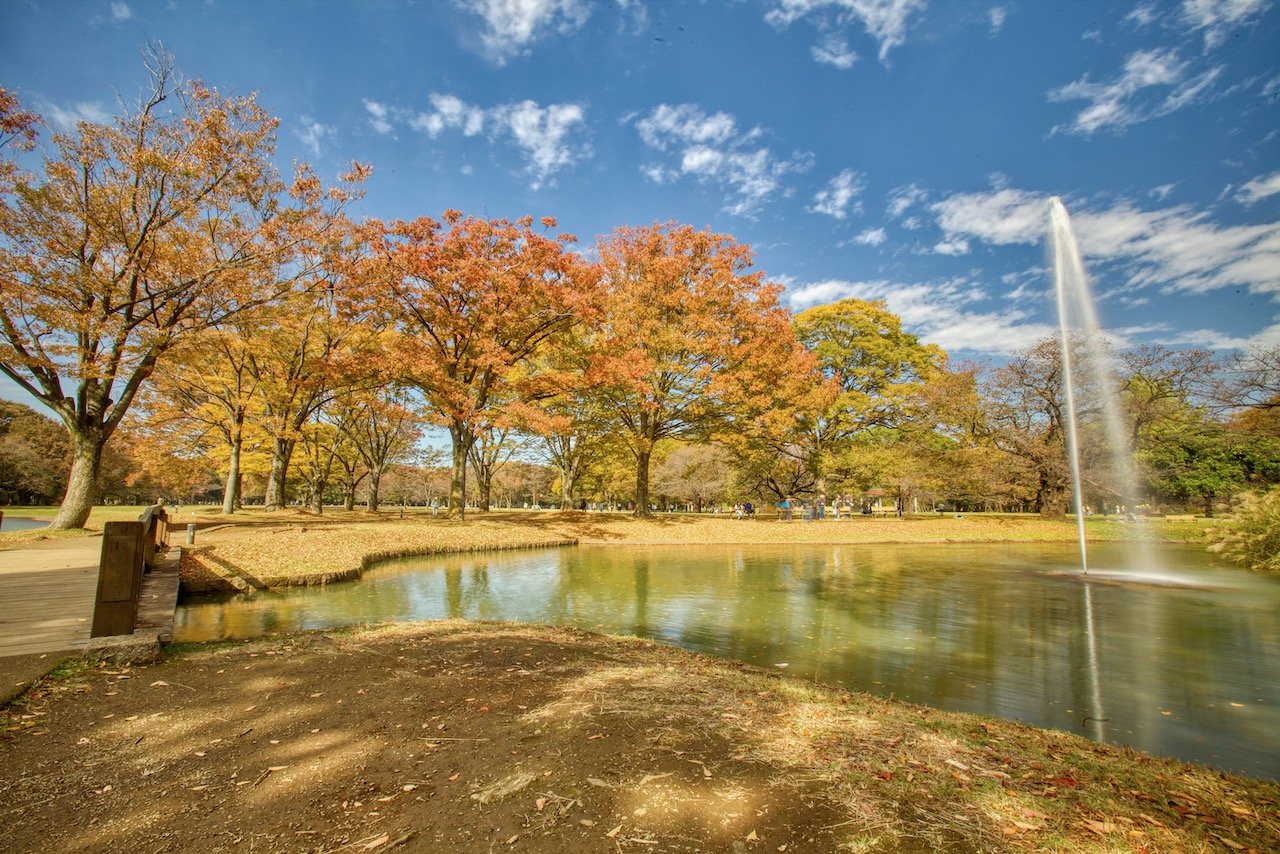
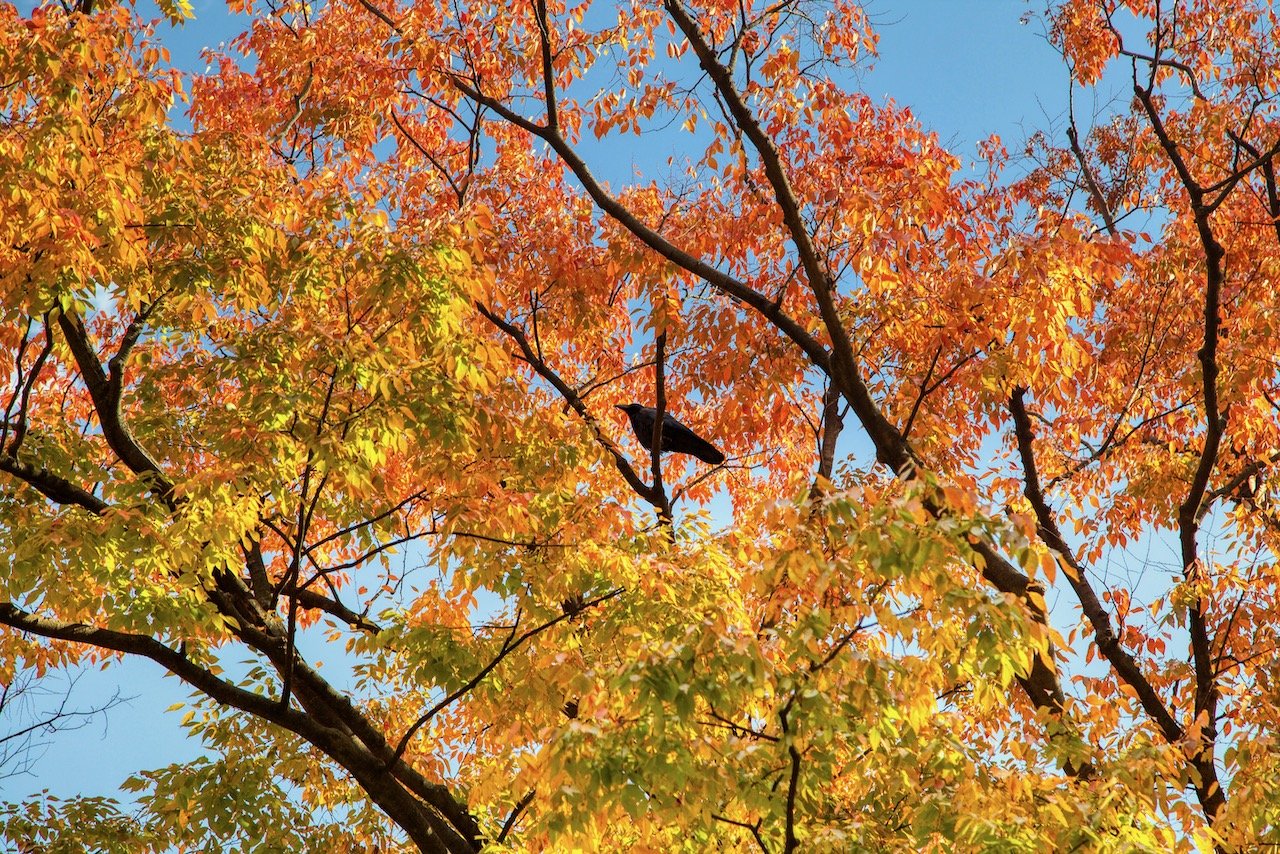
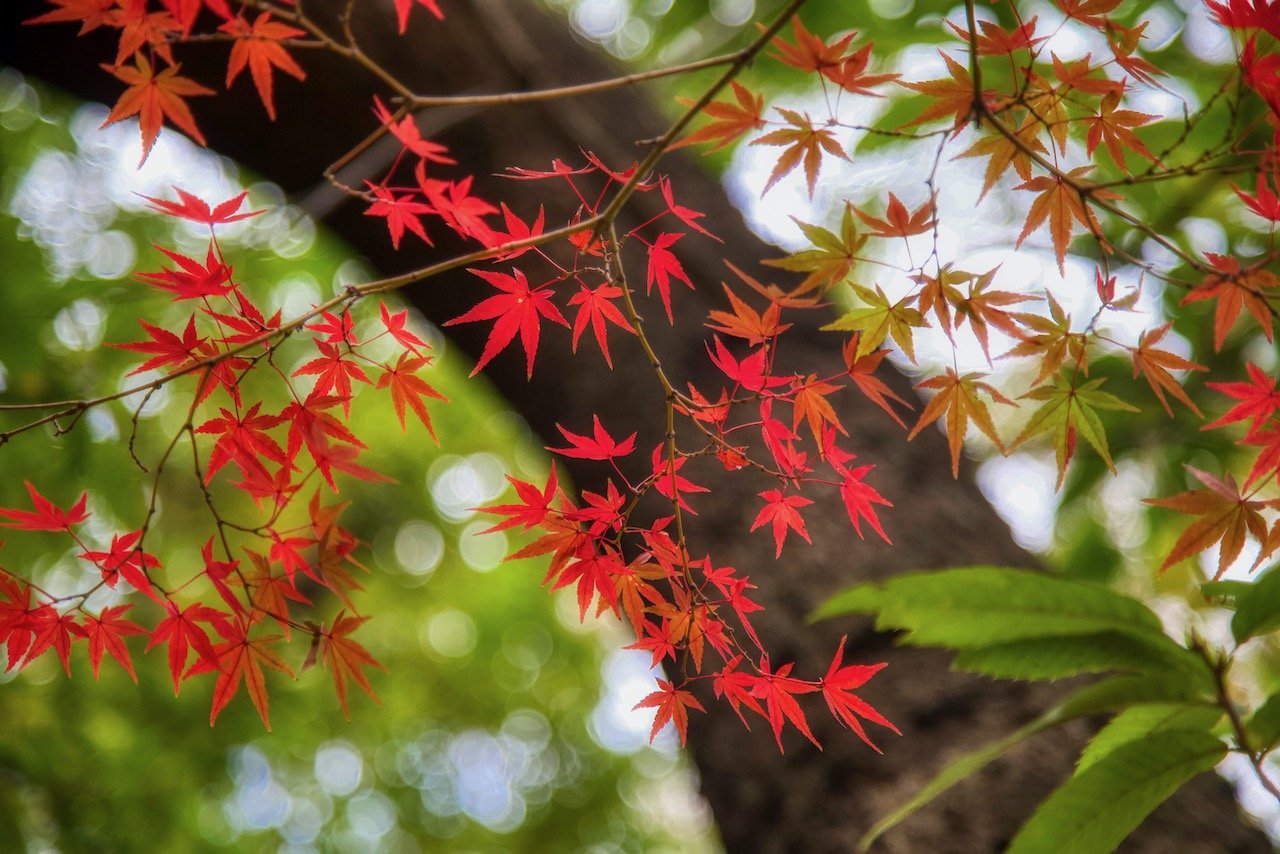
Yoyogi Park (Meiji-jingumae Station - C03 or F15, Exit 1) is like Tokyo’s Central Park. Once inside here, you completely forget that you’re in the center of the largest city in the world. You no longer hear engines and motors, but instead hear the sound of birds. This park is gorgeous, especially in early autumn where the temperature is still warm and the leaves are changing color. Meiji Jingu Gaien is an area of Tokyo with a baseball stadium, ice skating rink, golf range, tennis courts, etc. and also possesses a beautiful array of Ginkgo trees, which are at their peak color in the autumn. The Jingu Gaien Ginkgo Festival is put on in this area from mid-November to early-December.
Also located in the center of Tokyo is the Tokyo Imperial Palace (Takebashi Station - T08, Exit 1a), which has multiple entrances, mainly to gardens that are open to the public. Certain parts of the grounds are closed off and only reserved for government officials. The Seimon Stonebridge is perhaps the most famous part of the complex.
The tuna auction, as highlighted by the amazing documentary “Jiro Dreams of Sushi” used to take place at the Tsukiji Fish Market (Tsukiji Station - H10, Exit 2) (shops open from 5am til afternoon, closed Sundays), but has moved to the Toyosu Fish Market [Shijo Station - U14,(Commuter line, extra cost, take from Y22) North Exit]. You can still go to Tsukiji and try the seafood there and explore the stalls, but the auction itself takes place between 5:30-6:30am at Toyosu (open 5am-5pm). Better yet, try your hand at japanese cooking by doing a cooking class. Typical places teach you how to make gyoza, sushi, and ramen, among other dishes. Japan’s KitKat game is strong and here you will find stores dedicated entirely to the candy with many different, often exotic flavors. There are a few KitKat Chocolatory shops in Tokyo, one of which is in Ginza (Ginza Station - G09, Exit A12).
One of the best ways to see the city is from the road itself. Renting a car and driving it around Tokyo is not an ideal way to see the city and to deal with the stress of navigating Tokyo traffic (I would save the driving for around Mt Fuji and Hakone instead). Another option that is much easier and more fun is to book a Street Kart Tokyo Bay tour. This is immensely popular with tourists as it evokes great memories of the amazing MarioKart Nintendo game from childhood (The N64 version of MarioKart is THE best MarioKart ever made, thoughts?). There are a few diff. garages you can go to and start your tour of Tokyo. The tours themselves are all different routes/time periods around Tokyo. You can choose a short ride of 1.5 hours to a 3 hour tour. Furthermore, if you enjoy this experience so much, you will get a discount card for 50% off another Maricar tour in cities like Osaka and Kyoto (If you intend on visiting Kyoto, check out my blog post here). As fun as this experience is, you’re still operating a motor vehicle, so maintain caution at all times. Most importantly, look into getting your International Driver’s Permit as this is required in order to drive on Tokyo (or Japan) city streets. Specific highlights of the “K-L route” included, driving around Tokyo Tower and crossing the Rainbow Bridge.
If you like some of my photos that you have come across, just know that I have many prints showcasing a variety of places in Japan, available for purchase below! (Sold as Posters, Canvas, or in Metal-Frames and Wooden-Frames).
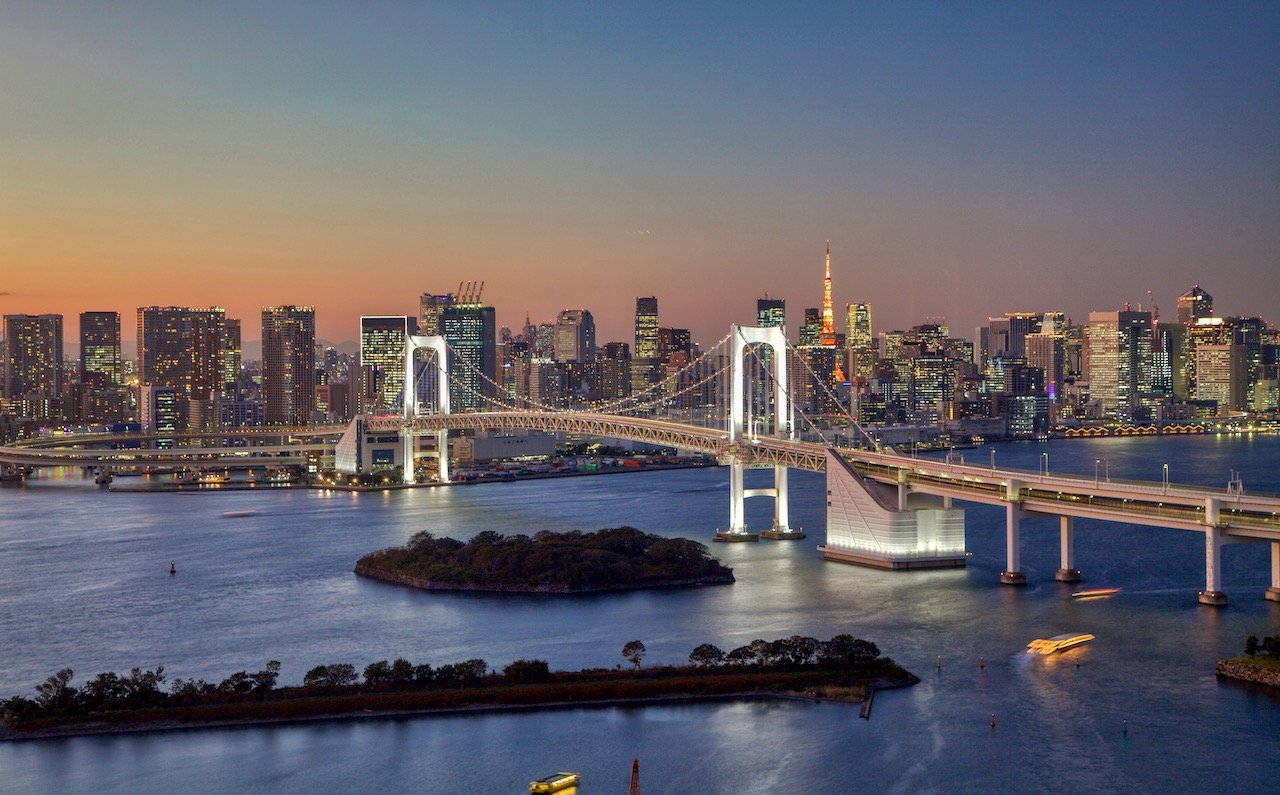
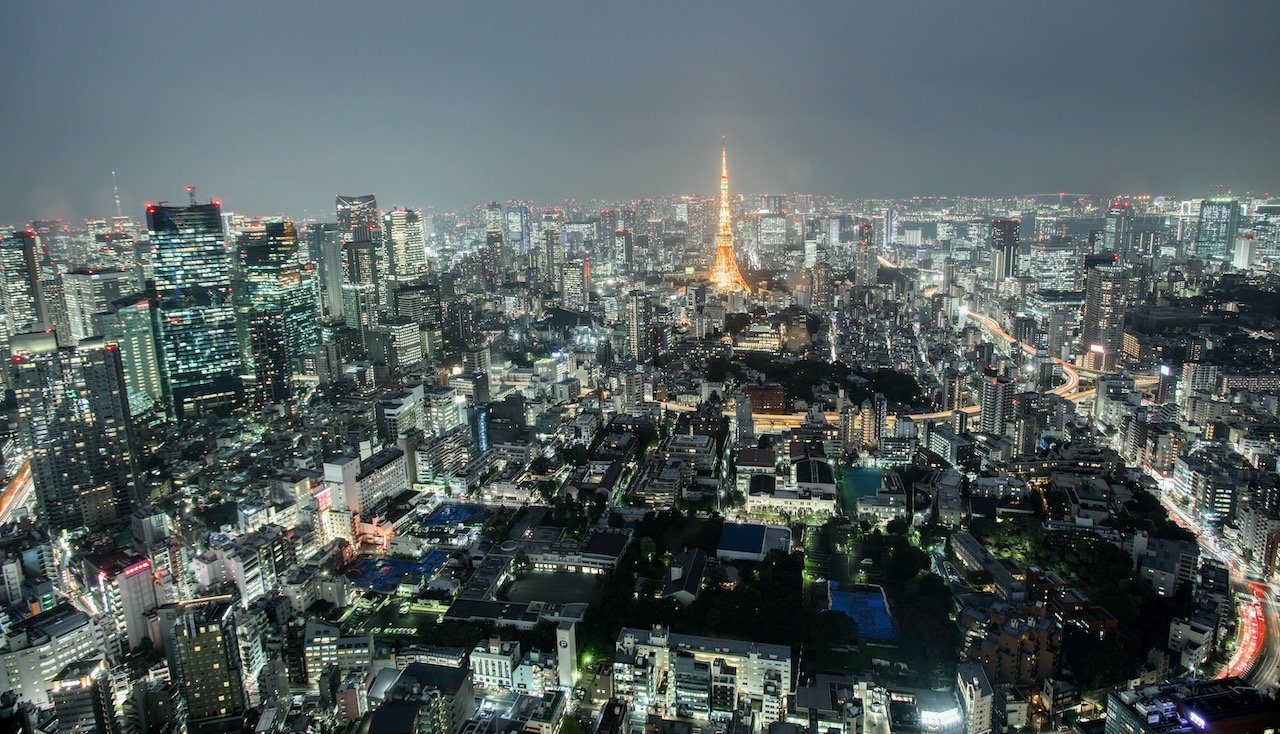
The Japanese skyline is exceptionally easy to capture as there are countless buildings with observatories on their rooftops. My personal favorite happened to be the view from the Fuji TV Tower [Daiba Station - U07, Commuter Line, extra cost from G08 - Shimbashi Station] in Odaiba. Other places include to get great views are:
Roppongi Hills Mori Tower (Roppongi Station - H04, Exit 1c)
Tokyo Tower (Kamiyacho Station - H05, Exit 2)
Tokyo Skytree (Oshiage Station - Z14, Exit B3)
Tokyo Metropolitan Government Building (Nishi-shinjuku Station - M07, Exit E2)
For a different perspective of Tokyo from Odaiba, head on over to Telecom Center Observatory. Some places do not allow tripods so you need to get creative with how you do long exposures. I used a lens skirt to reduce glare on some of my photos.


